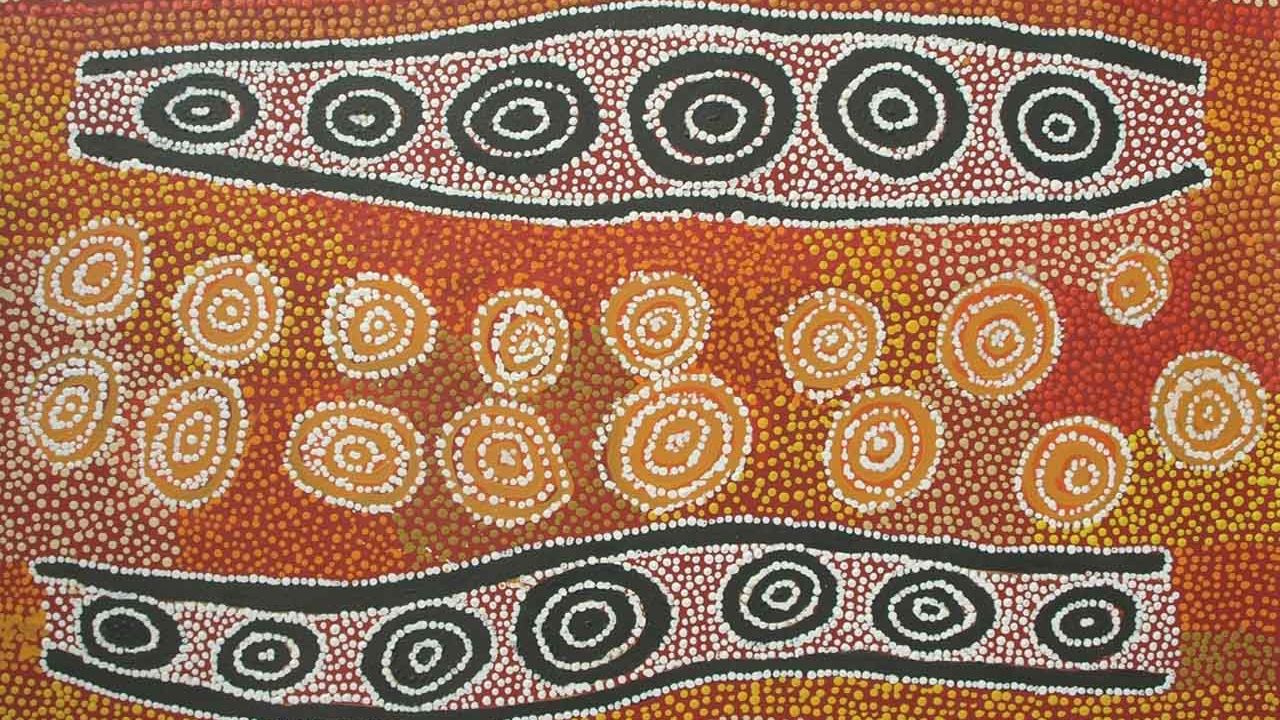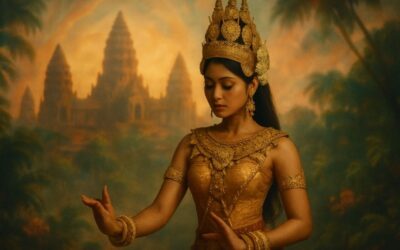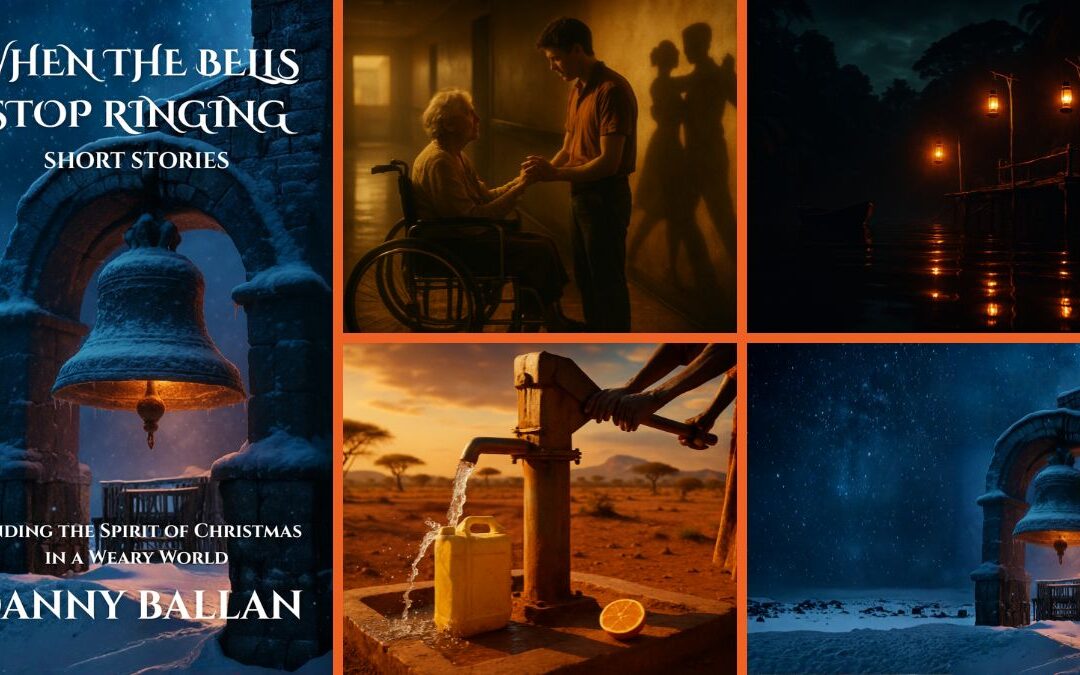- Dreamtime: An Eternal Time of Creation
- The Stories of Dreamtime
- Passing Down Wisdom: Oral Narratives and Symbolic Art
- Significance of Dreamtime Stories
- Dreamtime Stories in Contemporary Australia
- The Living Lore of Dreamtime
- Keywords
- Key Takeaways
- FAQs
- What is the significance of Dreamtime stories in Aboriginal cultures?
- How are Dreamtime stories passed down through generations?
- Are Dreamtime stories unique to specific Aboriginal groups?
- Are Dreamtime stories still relevant in contemporary Australian society?
- How do Dreamtime stories contribute to reconciliation efforts?
- Are Dreamtime stories considered myths or legends?
- Can anyone access and learn about Dreamtime stories?
- Do Dreamtime stories have a moral or ethical purpose?
- How can non-indigenous Australians engage with Dreamtime stories respectfully?
- Are Dreamtime stories fixed or do they evolve over time?
- Myth Buster
- Myth: Dreamtime is a fictional concept.
- Myth: Dreamtime stories are the same for all Aboriginal groups.
- Myth: Dreamtime stories are no longer relevant in contemporary Australian society.
- Myth: Dreamtime stories are static and unchanging.
- Myth: Dreamtime stories are mere legends or fairy tales.
- Myth: Dreamtime stories are irrelevant to non-indigenous Australians.
- Myth: Dreamtime stories are only about creation myths.
- Myth: Dreamtime stories are outdated and disconnected from contemporary indigenous life.
- Myth: Dreamtime stories are solely focused on the past.
- Myth: Dreamtime stories are universally understood by all Aboriginal peoples.
- Checkpoint
Australia’s rich tapestry of history is woven with countless threads, but none are quite as vibrant or enduring as the indigenous ‘Dreamtime’ stories. These ancient narratives, handed down through generations, are an essential aspect of the Australian Aboriginal cultures, providing a lens through which to understand their deep connection to the land, their complex societal structures, and their unique spiritual beliefs. This article will delve into the world of Dreamtime stories, their origins, significance, and the role they play in contemporary Australian society.
Dreamtime: An Eternal Time of Creation
The Dreamtime, or ‘The Dreaming,’ refers to the time of creation in the spiritual lore of Australia’s indigenous peoples. It is a complex network of knowledge, faith, and practices that derive from stories of creation, constituting the laws of existence for the Aboriginal people.
The Dreamtime transcends the concept of ‘time’ as understood in Western societies. It encompasses the past, the present, and the future, creating an eternal cycle where the spiritual and earthly realms are deeply intertwined.
The Stories of Dreamtime
Dreamtime stories, also known as creation stories, are narratives about how the world came into existence and how humans and animals descended from spiritual beings. These stories also encompass tales of ancestral heroes and moral lessons. Each Aboriginal group has its own set of Dreamtime stories, tied to the local landscape and representing the unique aspects of their culture.
Notable among these narratives is the story of the Rainbow Serpent, an elemental creature that carved the earth’s landscapes. There are also tales about the origins of the kangaroo, the crow, and other distinct Australian fauna.
Passing Down Wisdom: Oral Narratives and Symbolic Art
Dreamtime stories have been passed down orally through generations, making them one of the world’s oldest surviving oral traditions. These stories are often shared through song, dance, and art, particularly through symbolic paintings made using natural materials.
These practices serve dual purposes: they educate younger generations about their history and cultural responsibilities and ensure the preservation and continuation of the Dreamtime narratives.
Significance of Dreamtime Stories
Dreamtime stories hold immense significance. They establish laws for social behavior, identify the sacred sites, define the relationship between man and nature, and explain the workings of the natural world.
In the context of identity, these stories also define kinship systems, responsibilities towards the community, and relationships with the land, guiding every aspect of indigenous life from birth to death.
Dreamtime Stories in Contemporary Australia
Today, Dreamtime stories continue to be a crucial part of Aboriginal cultures. They’re also gaining recognition in mainstream Australian society, seen as invaluable cultural treasures that offer unique insights into the country’s pre-colonial history.
Moreover, the stories are increasingly being used in educational settings, environmental management practices, and in promoting cultural understanding and reconciliation between indigenous and non-indigenous Australians.
The Living Lore of Dreamtime
The Dreamtime stories are more than just indigenous lore or ancient tales. They’re a living, breathing aspect of Australia’s Aboriginal cultures, a testament to their profound connection with the land, their rich spiritual beliefs, and their resilience over thousands of years. In these narratives, we find the heart of a culture that has thrived against all odds, a culture that continues to teach us about unity, respect for nature, and the timeless bonds of community.
Keywords
- Dreamtime: Refers to the time of creation in the spiritual lore of Australia’s indigenous peoples, encompassing the past, present, and future.
- Dreamtime stories: Also known as creation stories, these narratives explain the origins of the world, humans, animals, and contain moral lessons.
- Aboriginal cultures: Refers to the diverse cultures and traditions of Australia’s indigenous peoples.
- Rainbow Serpent: A significant elemental creature in Dreamtime stories that played a role in shaping the earth’s landscapes.
- Oral narratives: The transmission of knowledge and stories through spoken language from one generation to another.
- Symbolic art: Artistic expressions, such as paintings, that convey meaning and represent elements of Dreamtime stories and indigenous culture.
- Sacred sites: Places of spiritual significance within the indigenous Australian landscape.
- Kinship systems: Social structures and relationships based on familial and community ties.
- Reconciliation: The process of healing and building positive relationships between indigenous and non-indigenous Australians.
- Cultural understanding: The appreciation, knowledge, and respect for different cultures and their practices.
Key Takeaways
- Dreamtime stories are ancient narratives that explain the creation of the world, ancestral heroes, and moral lessons within Aboriginal cultures.
- These stories are passed down orally through generations and are often shared through song, dance, and symbolic art.
- Dreamtime stories have significant cultural, social, and spiritual importance in Aboriginal communities, defining laws, relationships, and the connection to the land.
- These stories continue to be cherished and are increasingly recognized in mainstream Australian society for their cultural value and historical insights.
- Dreamtime stories are used in educational settings, environmental management practices, and efforts to promote cultural understanding and reconciliation.
FAQs
What is the significance of Dreamtime stories in Aboriginal cultures?
Dreamtime stories play a crucial role in Aboriginal cultures as they define laws, social behavior, relationships with nature, and the workings of the natural world. They also establish kinship systems, guide individual and communal responsibilities, and shape the overall identity of indigenous communities.
How are Dreamtime stories passed down through generations?
Dreamtime stories have been traditionally transmitted orally from elders to younger generations. They are shared through storytelling, song, dance, and symbolic art. This ensures the preservation and continuation of these narratives as well as the cultural traditions and values associated with them.
Are Dreamtime stories unique to specific Aboriginal groups?
Yes, each Aboriginal group has its own set of Dreamtime stories that are tied to their local landscape and reflect the unique aspects of their culture. These stories are deeply rooted in the specific beliefs, traditions, and experiences of each group.
Are Dreamtime stories still relevant in contemporary Australian society?
Yes, Dreamtime stories continue to be highly significant in contemporary Australian society. They are regarded as invaluable cultural treasures that provide insights into Australia’s pre-colonial history and the indigenous perspective on the world. These stories are increasingly used in educational settings, environmental management practices, and efforts to promote cultural understanding and reconciliation.
How do Dreamtime stories contribute to reconciliation efforts?
Dreamtime stories contribute to reconciliation by fostering cultural understanding and respect between indigenous and non-indigenous Australians. They help non-indigenous people gain insights into Aboriginal cultures, histories, and spiritual beliefs, promoting empathy and appreciation for indigenous perspectives. This understanding is essential for building positive relationships and working towards reconciliation.
Are Dreamtime stories considered myths or legends?
Dreamtime stories are not merely considered myths or legends; they hold deep spiritual and cultural significance for Aboriginal communities. While they may contain elements of mythology and folklore, they are much more than fictional tales. These stories are an integral part of indigenous identity and provide a framework for understanding the world and one’s place in it.
Can anyone access and learn about Dreamtime stories?
The sharing and access to Dreamtime stories may vary among different Aboriginal communities. In some cases, these stories may be restricted to certain individuals or groups within the community due to their sacred nature. It is important to respect cultural protocols and seek permission from the appropriate indigenous authorities or elders before accessing or sharing Dreamtime stories.
Do Dreamtime stories have a moral or ethical purpose?
Yes, Dreamtime stories often contain moral lessons and ethical teachings. They convey important values, behavioral guidelines, and lessons about the consequences of actions. These stories serve as a way to teach and reinforce cultural values, social norms, and responsibilities within Aboriginal communities.
How can non-indigenous Australians engage with Dreamtime stories respectfully?
Non-indigenous Australians can engage with Dreamtime stories respectfully by seeking opportunities to learn from and listen to Aboriginal voices. This can involve attending cultural events, visiting Aboriginal cultural centers, reading books authored by Aboriginal writers, and participating in workshops or courses that provide an authentic understanding of indigenous cultures and their narratives. It is important to approach these experiences with an open mind, respect, and a willingness to learn.
Are Dreamtime stories fixed or do they evolve over time?
Dreamtime stories have an inherent flexibility that allows them to evolve and adapt over time. While the core elements of these stories remain constant, different versions and variations may exist within and across Aboriginal communities. The evolving nature of Dreamtime stories reflects the ongoing cultural dynamics and the influence of contemporary experiences on indigenous narratives.
Myth Buster
Myth: Dreamtime is a fictional concept.
Reality: Dreamtime is a spiritual and cultural concept deeply rooted in the belief systems and traditions of Australia’s indigenous peoples. It is not a fictional construct but an integral part of their worldview.
Myth: Dreamtime stories are the same for all Aboriginal groups.
Reality: Dreamtime stories vary among different Aboriginal groups, with each group having its own unique set of narratives that reflect their specific culture, history, and relationship to the land.
Myth: Dreamtime stories are no longer relevant in contemporary Australian society.
Reality: Dreamtime stories are still highly relevant and valued in contemporary Australian society. They provide insights into the rich cultural heritage of indigenous peoples and contribute to cultural understanding, environmental management, and reconciliation efforts.
Myth: Dreamtime stories are static and unchanging.
Reality: Dreamtime stories have an inherent flexibility and can evolve over time. While the core elements remain constant, different versions and variations may exist within and across Aboriginal communities.
Myth: Dreamtime stories are mere legends or fairy tales.
Reality: Dreamtime stories are more than legends or fairy tales. They are deeply spiritual narratives that define indigenous identity, social behavior, and relationships with the land. They are an essential part of Aboriginal cultures and belief systems.
Myth: Dreamtime stories are irrelevant to non-indigenous Australians.
Reality: Dreamtime stories have gained recognition in mainstream Australian society and are valued for their cultural and historical significance. Non-indigenous Australians can engage with these stories respectfully to gain insights into indigenous cultures and promote cultural understanding.
Myth: Dreamtime stories are only about creation myths.
Reality: While Dreamtime stories include creation narratives, they also encompass other aspects such as ancestral heroes, moral lessons, and explanations of natural phenomena. They provide a comprehensive understanding of indigenous cultures and their worldview.
Myth: Dreamtime stories are outdated and disconnected from contemporary indigenous life.
Reality: Dreamtime stories continue to be a living part of contemporary indigenous life, shaping cultural practices, relationships, and the connection to the land. They provide a timeless framework for indigenous communities to understand and navigate the world.
Myth: Dreamtime stories are solely focused on the past.
Reality: Dreamtime stories transcend the concept of time and encompass the past, present, and future. They provide a holistic understanding of existence and the interplay between the spiritual and earthly realms.
Myth: Dreamtime stories are universally understood by all Aboriginal peoples.
Reality: While Dreamtime stories share common themes and motifs, their specific details and interpretations may vary among different Aboriginal groups. It is important to respect the diversity and uniqueness of each group’s cultural narratives.
Checkpoint
What is the Dreamtime?
a) A fictional concept
b) The time of creation in indigenous Australian spirituality
c) A contemporary art movement
d) An ancient civilization
B
How are Dreamtime stories transmitted?
a) Through written texts
b) Through oral traditions
c) Through archaeological artifacts
d) Through social media platforms
B
What is the significance of the Rainbow Serpent in Dreamtime stories?
a) It represents the creation of humans
b) It shaped the earth’s landscapes
c) It is a symbol of peace and harmony
d) It is a legendary hero in Aboriginal folklore
B
What role do Dreamtime stories play in contemporary Australian society?
a) They are irrelevant in modern times
b) They are used for entertainment purposes only
c) They contribute to cultural understanding and reconciliation
d) They are strictly limited to indigenous communities
C
How do Dreamtime stories define kinship systems?
a) By outlining rules for marriage and family structure
b) By establishing hierarchical relationships within communities
c) By determining the roles and responsibilities of individuals
d) By preserving historical genealogical records
A










0 Comments
Trackbacks/Pingbacks